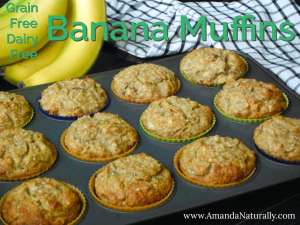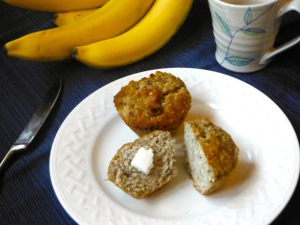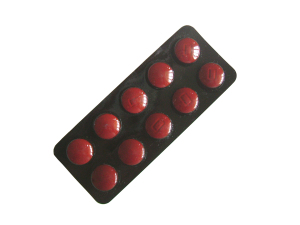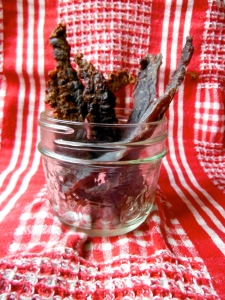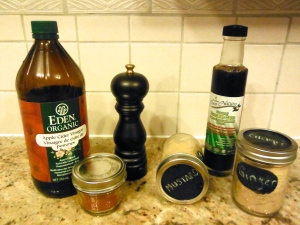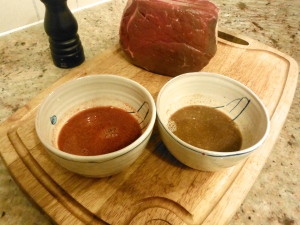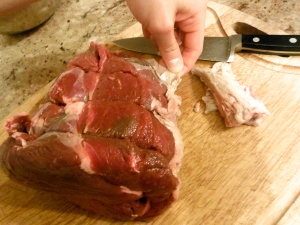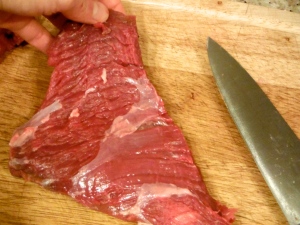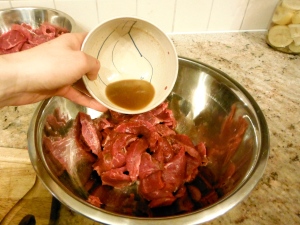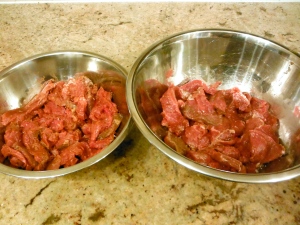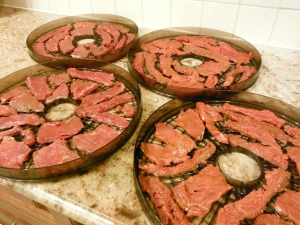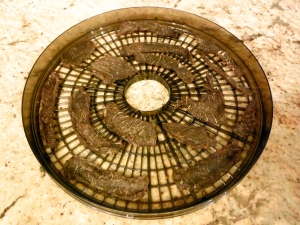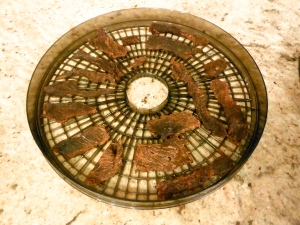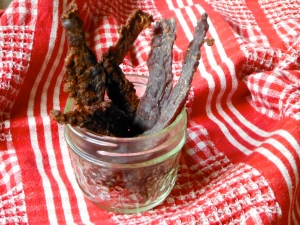Banana muffins are my favourite. When I was little I used to always ask my mom to make “na-na muff-uffs”, which unfortunately (or fortunately, depending on how you look at it) means that’s still what we call banana muffins in my parents house! They may or may not have a home movie of 2.5 year old me baking “na-na muff-uffs” at my fisher price kitchen one Christmas morning…
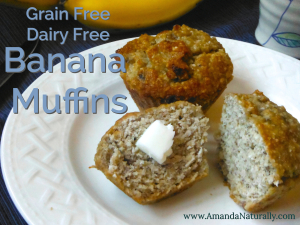
Typical nutriton educators call muffins “cupcakes without the icing”, which is mostly true. Take a carrot muffin for example. Many people choose carrot muffins over chocolate chip, because they’re healthier! Would you choose carrot cake over chocolate cake for health reasons? No! Because you know it’s still cake! What ingredients are typically found in a cake? White flour, white sugar, eggs, butter and baking soda. And a muffin? Flour, sugar, eggs, butter, baking soda, oil… Same recipe, slightly different ratios.
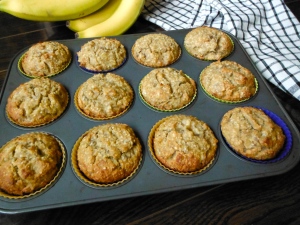
There are a lot of “healthy” muffin recipes out there, but usually the focus is all about reducing the fat and cholesterol by eliminating the eggs and any oil that may be involved. Since we know that eggs have been wrongly demonized and that fat is crucial for health, suddenly those “healthy muffin” recipes are even worse than the original! White flour + white sugar + no nutrients. Well that screams diabetes in the making. Yowza!
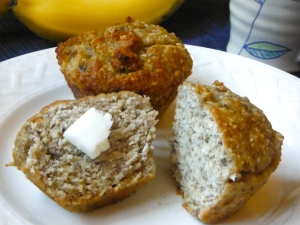
Even I cannot deny how convenient muffins are. They are easy to grab for a quick pick-me-up, or a breakfast if you don’t have time to make a real one, or to throw in your kids lunch bags. So instead of saying all muffins are off limits, why not change the ingredients to make them work for you, instead of against? I was on the hunt for a recipe that did just this and was thrilled when I stumbled across this one over at The Spunky Coconut. Real, nutrient-dense ingredients that are full of health-promoting vitamins, minerals, fat and protein. This was a muffin I could get behind.
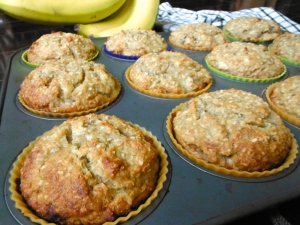
Of course I had to tweak it a bit – since that’s what I do! I didn’t have applesauce, so I subbed an extra egg and it worked great. I also started adding lemon juice and zest, because lemon blueberry is an awesome flavour combo. Then recently, I had a client request a banana muffin for her kids. Most grain-free, dairy-free banana muffins rely heavily on almond flour and/or nut-butter. Since all schools are nut-free in Ontario, that wasn’t going to work. So I used the shredded coconut/egg base from the blueberry muffin recipe as my inspiration. I hope you enjoy these muffins as much as I do!
UPDATE (July 2016): I now throw all of the wet ingredients into my blender instead of mashing by hand. It eliminates the need for super ripe bananas (which are great, but I don’t always have them on hand, so yellow banana work too now) and your eggs don’t have to be room temperature either.
UPDATE: (May 2017): I no longer add maple syrup! I forgot to add it a few times and didn’t even notice the difference. This makes me especially happy because my 9 month old loves these muffins now and I feel great about giving her these!

- 6 eggs, brought to room temperature
- ½ cup coconut oil, melted
- ¼ cup honey or maple syrup (optional, I don't add it anymore)
- ½ tsp vanilla extract
- 2 cups mashed bananas
- 1 cup shredded coconut, unsweetened
- ½ cup coconut flour, sifted
- ½ tsp sea salt
- ½ tsp baking soda
- Preheat oven to 350F. Line muffin tin with silicon liners.
- Combine wet ingredients in a bowl. (or add to a large blender, this eliminates the need for super ripe bananas or room temp eggs)
- Combine dry ingredients in another bowl.
- Add dry ingredients to wet and mix really well. It will thicken up after a few minutes.
- Using an ice cream scoop, scoop a generous serving into each muffin liner. They don't rise a lot, so fill them up to the top!
- Bake for 30 minutes, or until set and slightly golden.
- Let cool and enjoy!
- It is important to have the eggs at room temperature so they don't cause the coconut oil to solidify. If you don't have time to leave them out, simply place them in a bowl and cover with hot tap water for about 10 minutes, while you prepare the rest of the ingredients.
- These muffins freeze really well so I always make a double batch and freeze half.
- You could totally turn these into cupcakes by adding dairy-free chocolate chips and icing!
